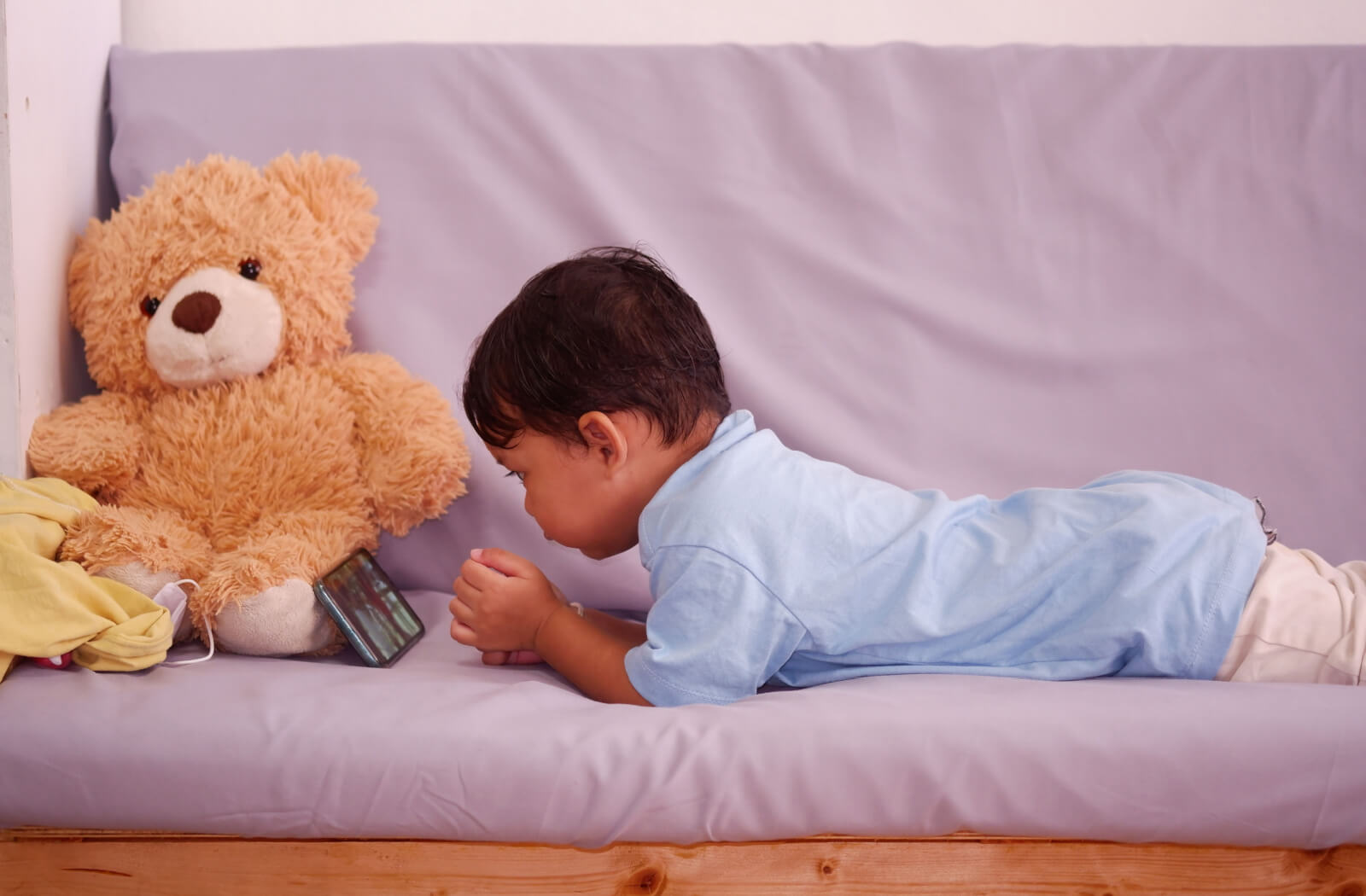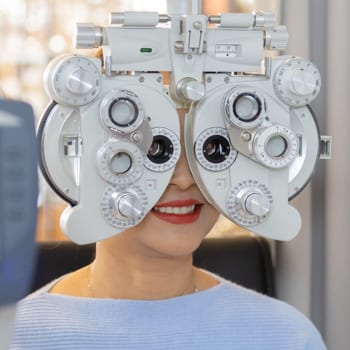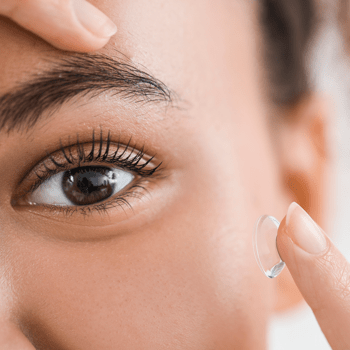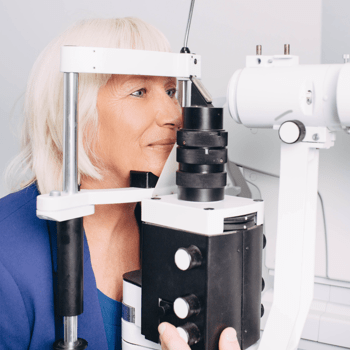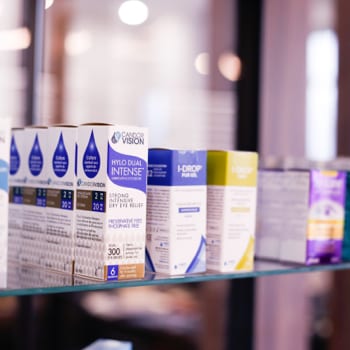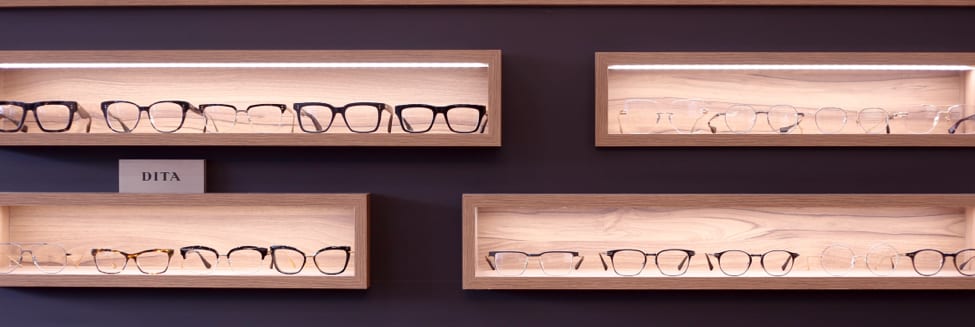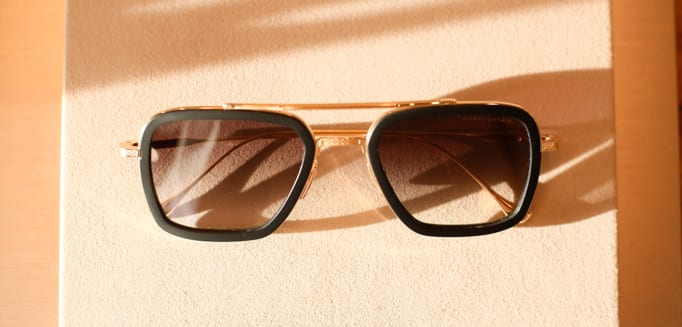Kids are constantly being exposed to screens through laptops, smartphones, tablets, and more, which may negatively affect their ocular health.
Studies have shown that increased screen time can lead to ocular issues like myopia progression or other potentially harmful vision conditions. To mitigate these risks, the Canadian Association of Optometrists and the Canadian Ophthalmological Society have released several recommendations for limiting the use of screens for kids.
If your child shows any signs or symptoms of visual conditions, book an appointment with your optometrist and have their eyes examined by a trained professional. Advancements in AI-driven diagnostic tools, such as RetinaLogik, are making early detection of screen-related vision issues more accessible, helping eye care professionals monitor myopia progression with greater accuracy.
Screen Time Guidelines
The Canadian Associations of Optometrists and the Canadian Ophthalmological Society have recommendations on screen time for children. Realizing the impacts from the COVID pandemic and virtual learning, keep in mind that what can be controlled is recreational screen time which these guidelines focus on.
Recommendation for 0 to 2-Year-Olds
If possible, children from 0 to 2 years old are advised against having screen time. Too much screen time can lead to visual issues and take a toll on things like a child’s attention span. An exception to the rule is live video chatting with friends or relatives.
Recommendations for 2 to 5-Year-Olds
Children ages 2 to 5 are recommended to have no more than 1 hour of screen time daily. Doctors also advise that screen time is age-appropriate and educational. Choose activities that are enriching and provide the opportunity to learn and explore. Screens can be an important asset for development but should be used appropriately.
Recommendations for 5 to 18-Year-Olds
Children ages 5 to 18 are advised to have up to 2 hours of recreational screen time daily. Anything further is recommended for educational purposes, like studying for a school project or completing class work.
How Do Screens Impact Your Eyes?
Screen times have been soaring since the pandemic, and Statistics Canada released a study claiming that total internet traffic grew by 40 to 60% during the spring of 2020.
Children also spend more time looking at a screen, and some studies have estimated that the average teenager spends 7 hours daily playing video games, watching tv, or using a mobile device. Here are some of the problems that can arise from overusing your screen:
- Eye Fatigue
- Blurry Vision
- Dry Eyes
- Headaches
Good Screen Time Habits
Screens and the internet have many advantages in a child’s development and will likely continue to be useful tools throughout life. It’s important to start building good habits early to protect their minds and eyes. Here are some easy tips to follow:
20-20-20 Rule
The 20-20-20 rule is a fun and easy way to help reduce screens’ impact on your eyes. It means taking a 20-second break every 20 minutes to look at something 20 feet in the distance. This simple exercise can help to reduce eye strain, encourage tear production, and ultimately relax your eyes. Regardless of academic or recreational demands at near, this is an easy rule to implement to increase frequency of breaks from near vision tasks.
Spending Time Outside
Studies have shown that children who spend more time outside may be able to reduce their myopia development or progression. Spending time outside and in the fresh air can positively impact your eyes and mood. These benefits remain effective while wearing sunglasses to protect the eyes from UV rays.
Watching for Symptoms
It is important to check your child’s vision by booking regular exams with your optometrist. Here are some signs your child may need an eye exam:
- Excessive tearing
- Excessive blinking
- Difficulty tracking objects with eyes
- Crusted eyelids
- White pupil(s)
- Light sensitivity
- Red eyes
- Squinting to see
If your child is experiencing any of these symptoms, book an appointment with your optometrist and have their eyes examined.
Using Good Lighting
Good lighting conditions in a workroom can significantly benefit your child’s ocular health. We recommend getting lighting that is equal throughout the visual field to help reduce glare and reflection that comes from the screen. Anti-glare covers can be another helpful tool for reducing the harshness of the light coming from a monitor or screen, but they should still be used with good lighting.
Ergonomics
Your child’s positioning when looking at a screen can have some implications if not done correctly. We recommend adjusting your child’s monitor to a lower level so their eyes are pointed down slightly and they’re sitting around 64 centimetres from the screen.
Overall Good Habits
Try to help your child develop good habits when it comes to screen time. Here are some easy tips to follow:
- Avoid eating snacks in front of a screen
- Avoid having a screen in the bedroom
- Avoid using a screen 1 hour before bedtime
- Focus on using your screen time for educational purposes
- Limit usage of electronic devices
- Supervise your child’s screen time
- Encourage outdoor activities
Support Your Child’s Visual Health
If your child has shown any signs of visual discomfort or myopia progression, early intervention is key. Emerging technologies like RetinaLogik offer AI-driven assessments to monitor and detect early vision changes, giving parents and doctors valuable insights.
Our experienced team at Foresee Eyecare is here to help safeguard your child’s vision. Book an eye exam today to ensure they’re on the right track for clear, healthy eyesight!

